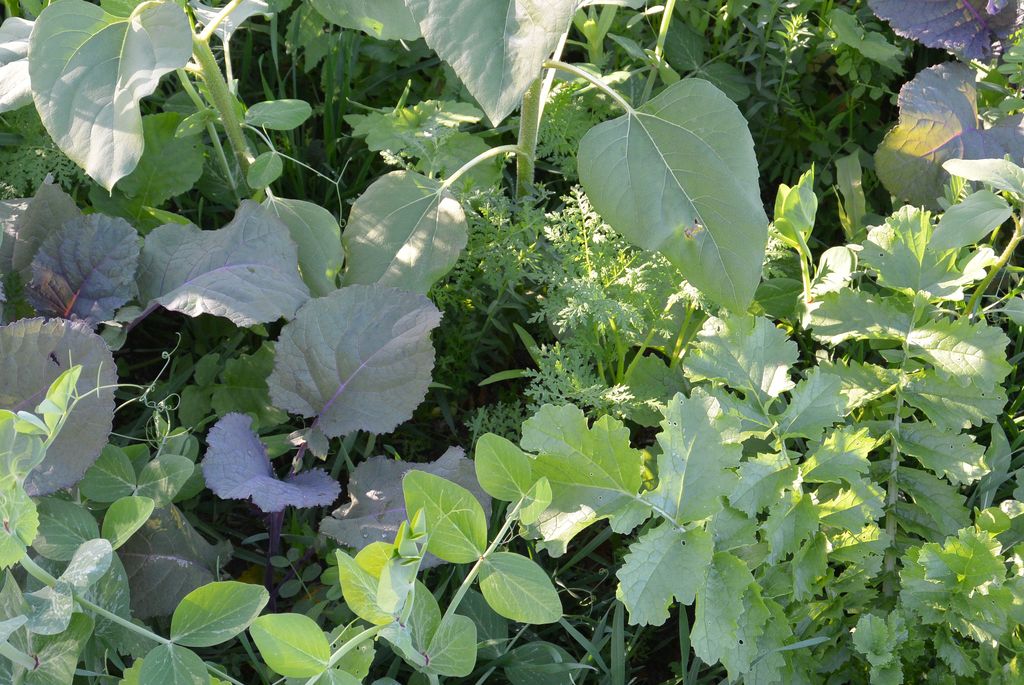Carbon Farming basically means to return and focus on soil fertility.
Especially in times of climate change, extreme weather events and increasing food demand we should head for adeqate humus contents in agricultural soils to buffer against production risks and to maintain ecological soil functions. Beyond this the potential of plants to reduce and store atmospheric CO2 and the role of soils as carbon sink is in focus. To pursue this path farmers need to (re)integrate and maintain appropriate measures in their production. On a global level the net effect of carbon sequestration in soils for mitigating climate change always needs deeper evaluation. This is because additional efforts on the one side might create additional emissions of climate gases elsewere.
Against this background and while tracing manifold marketing and regulation initiatives and ideas in the field of soil carbon sequestration the authors from the INTERREG Carbon Farming project collected practical knowledge on suitable techniques and potentials to bind more carbon in soils in practical farming - because this is what farmers can do in the end.

![[Translate to English:] [Translate to English:]](/media/_processed_/8/e/csm_Bildschirmfoto_2021-03-03_bearb_fc48ac88bf.jpeg)
![[Translate to English:] [Translate to English:]](/media/_processed_/8/e/csm_Bildschirmfoto_2021-03-03_bearb_ba3ec0e9d7.jpeg)






